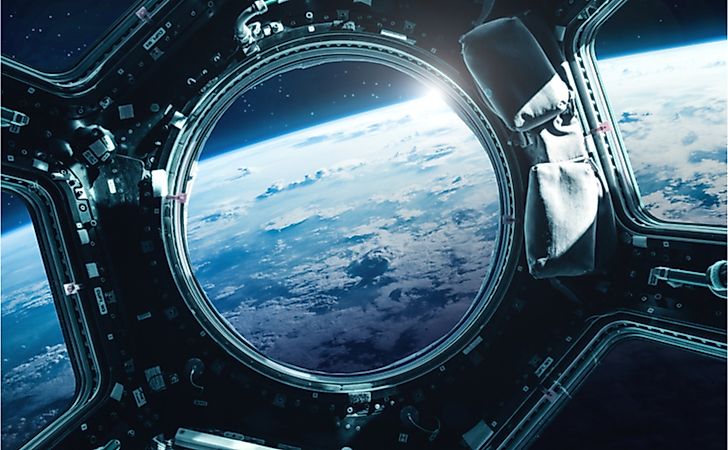When Was NASA Founded And Why?

What Is NASA?
The National Aeronautics and Space Administration (NASA) is an agency of the United States (US) government that was formed in October 1958. Part of the driving force behind NASA's creation was the unexpected launch of the Sputnik satellite by the Soviet Union in 1957. NASA’s formation was championed by President Dwight D. Eisenhower, who developed a bill named the National Aeronautics and Space Agency, which was passed by US Congress as the National Aeronautical Space Act of 1958, and then signed by President Eisenhower on July 29, 1958. NASA was created with four primary mandates: aeronautics research, human exploration and operation, space technology, and science.
Reasons For NASA's Formation
NASA was created to perform various functions. First, to coordinate US activities in space and reclaim its scientific and technological prowess, which had seemingly been surpassed by the Soviet Union. Space exploration was a key aspect of the Cold War between the United States and the Soviet Union at the time. Second, NASA was formed to uncover various unknowns in space, such as the number of planets, features of the Moon, and whether or not life existed on any other planet besides Earth. NASA achieved some of these objectives through programs such as the Apollo 11mission, which resulted in the first human walking on the moon (Neil Armstrong). Third, NASA was tasked with establishing Earth-orbiting satellites to assist in functions such as weather forecasting and global communications. Shortly after NASA's creation, the agency successfully put a satellite in space that orbited Earth, named Explorer 1. Fourth, the agency was intended to safeguard American citizens from external attacks. The Soviet Union’s launch of Sputnik 1 stirred up fears within the US government regarding the possibility of a surprise attack coordinated in space. Another function of NASA was to spearhead the invention of new technologies for use in current and future missions in space. Some of the future projects the agency is currently working on include the launch of a Mars rover in 2020 (Mars 2020), the James Webb Space Telescope, which expected to replace the Hubble Space Telescope in 2021, and the Lunar Orbital Platform-Gateway, which is a lunar orbiting space station planned for 2025.
Challenges Faced By NASA
Not all of NASA’s space exploration missions have been successful. There have been several instances in which missions were aborted at the last minute due to safety precautions. Additionally, there have also been failed launches and spaceflight accidents that resulted in the deaths of more than 20 US astronauts. For example, the failed launch of the Space Shuttle Challenger in 1986 resulted in 7 deaths, and the Space Shuttle Columbia disaster in 2003 also resulted in 7 deaths. Most recently, NASA's Orbiting Carbon Observatory (OCO) satellite crashed into the ocean 17 minutes after takeoff. Other failed launches include the Hubble Space Telescope, Genesis, and NASA Helios. Another challenge is that astronauts who are sent to work in the International Space Station (ISS) are exposed to radiation and a lack of sufficient sleep, both of which are harmful to their health. The radiation that humans are exposed to in space is much greater than on Earth, making astronauts prone to developing cancer. Thus, NASA must continue to devise ways of keeping astronauts healthy and comfortable while in space.











